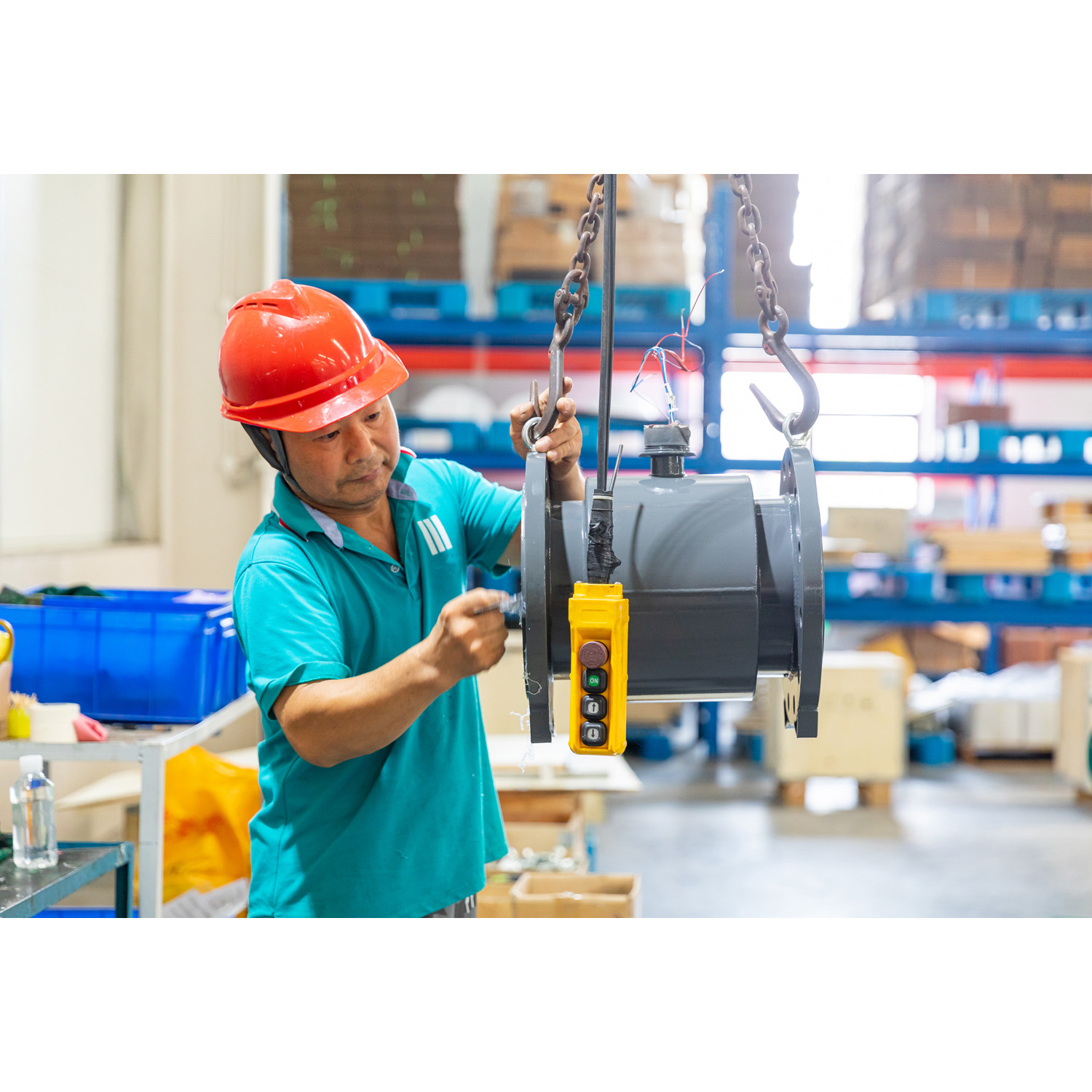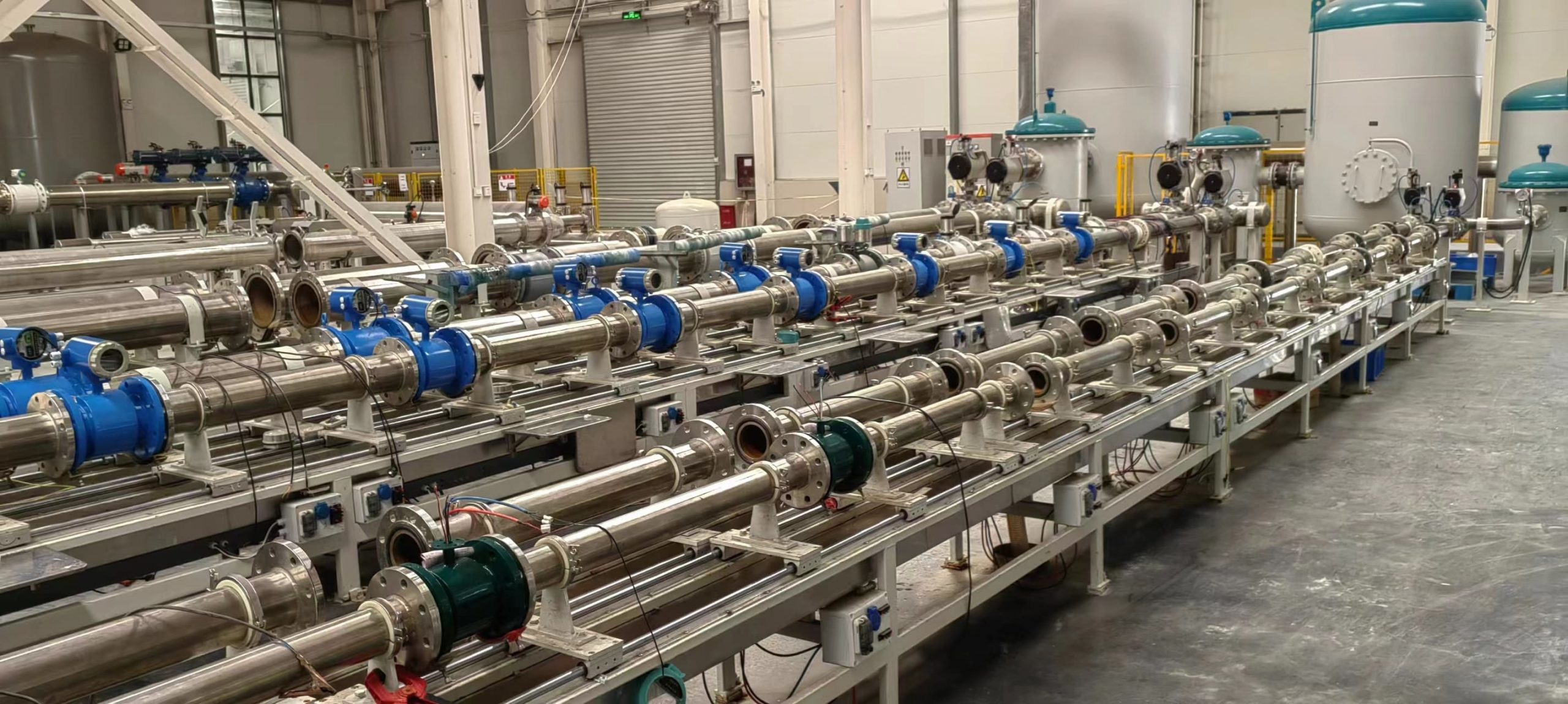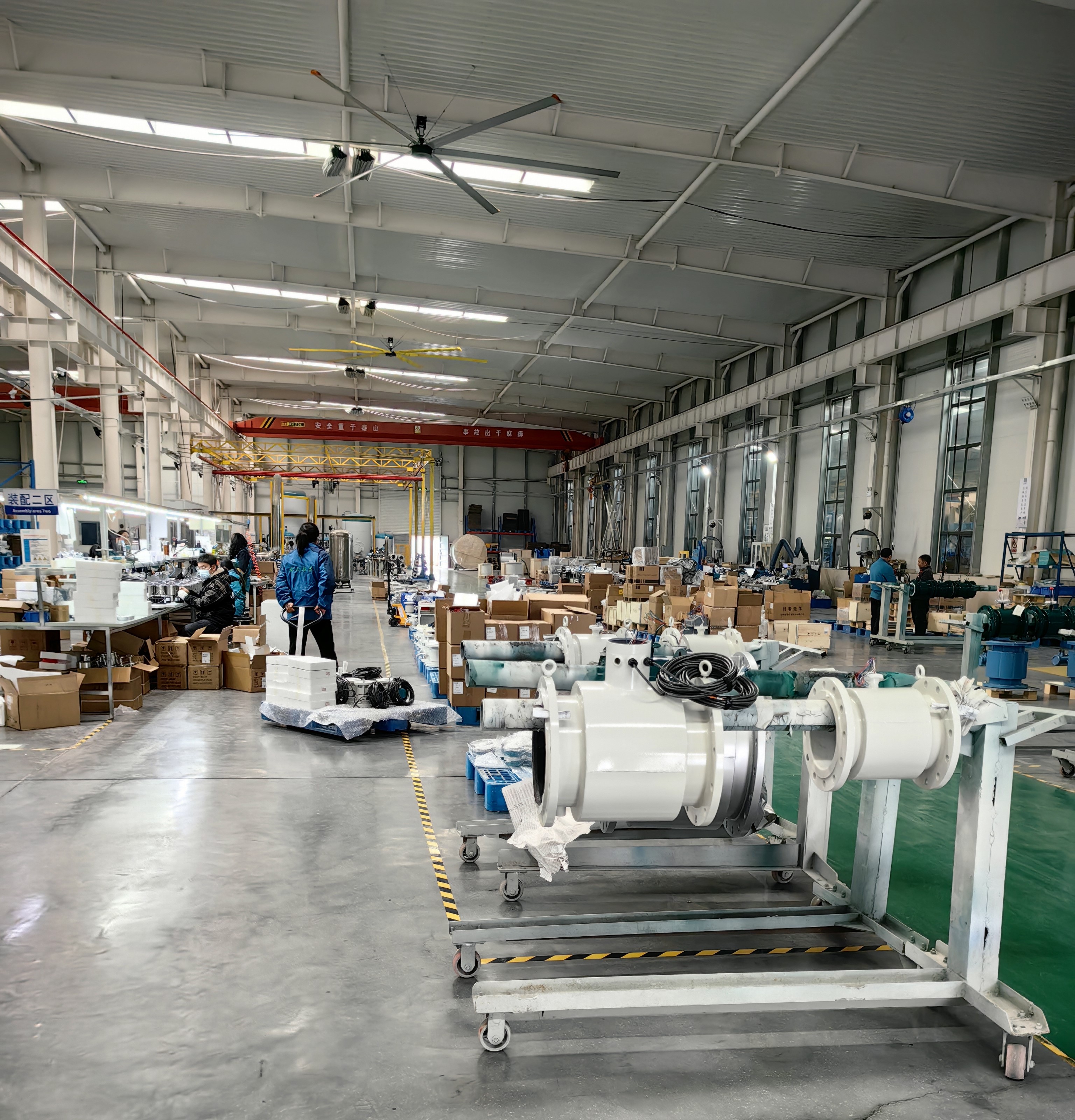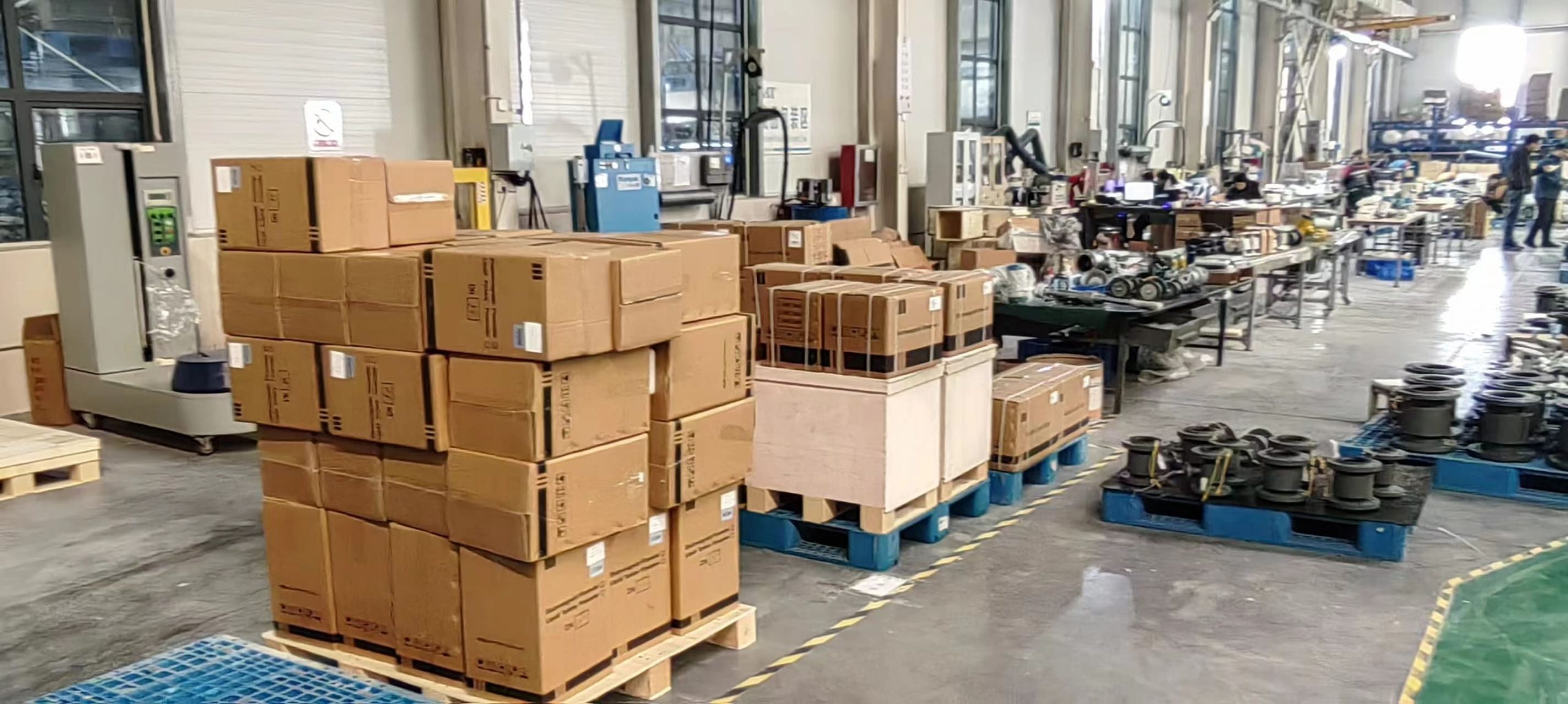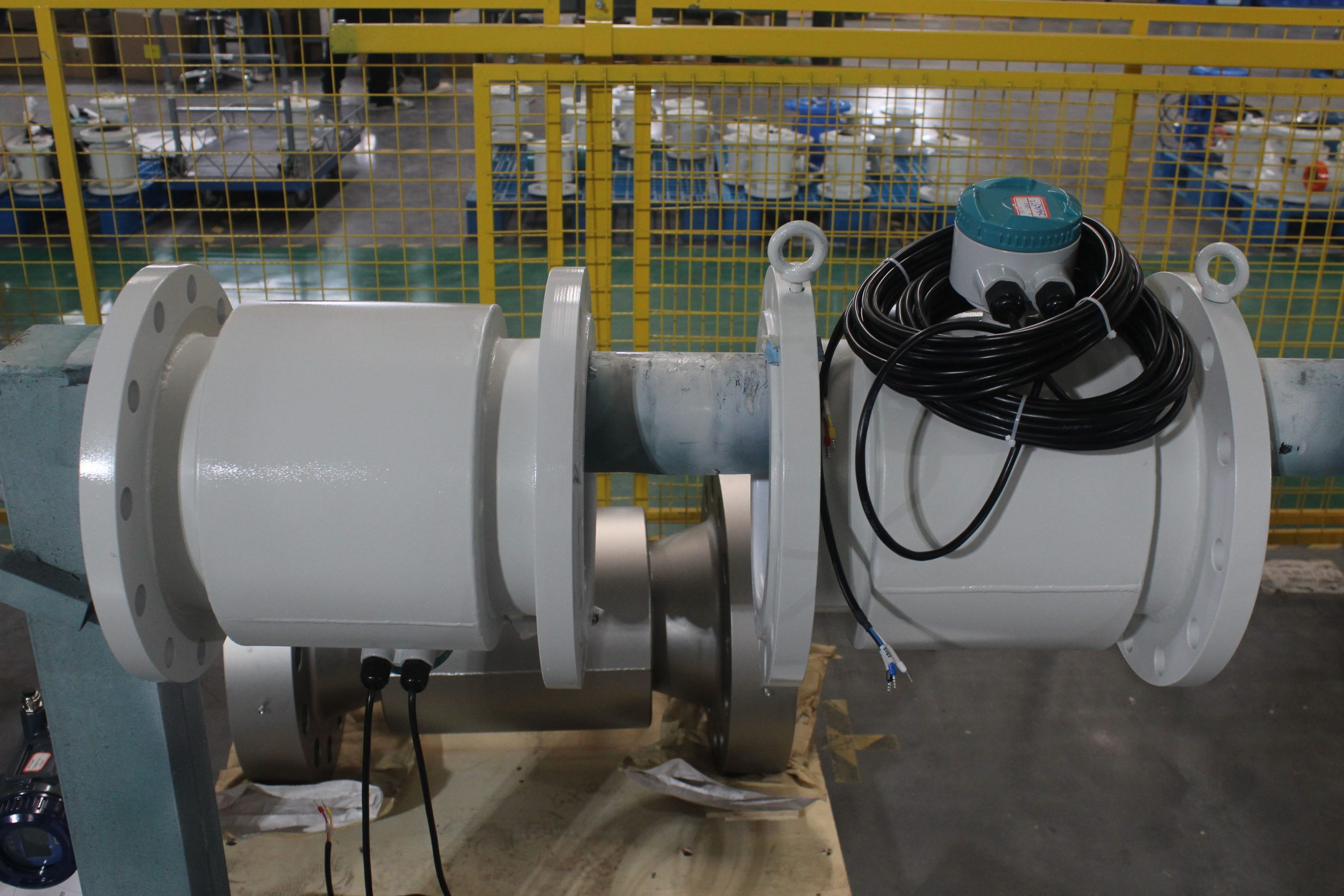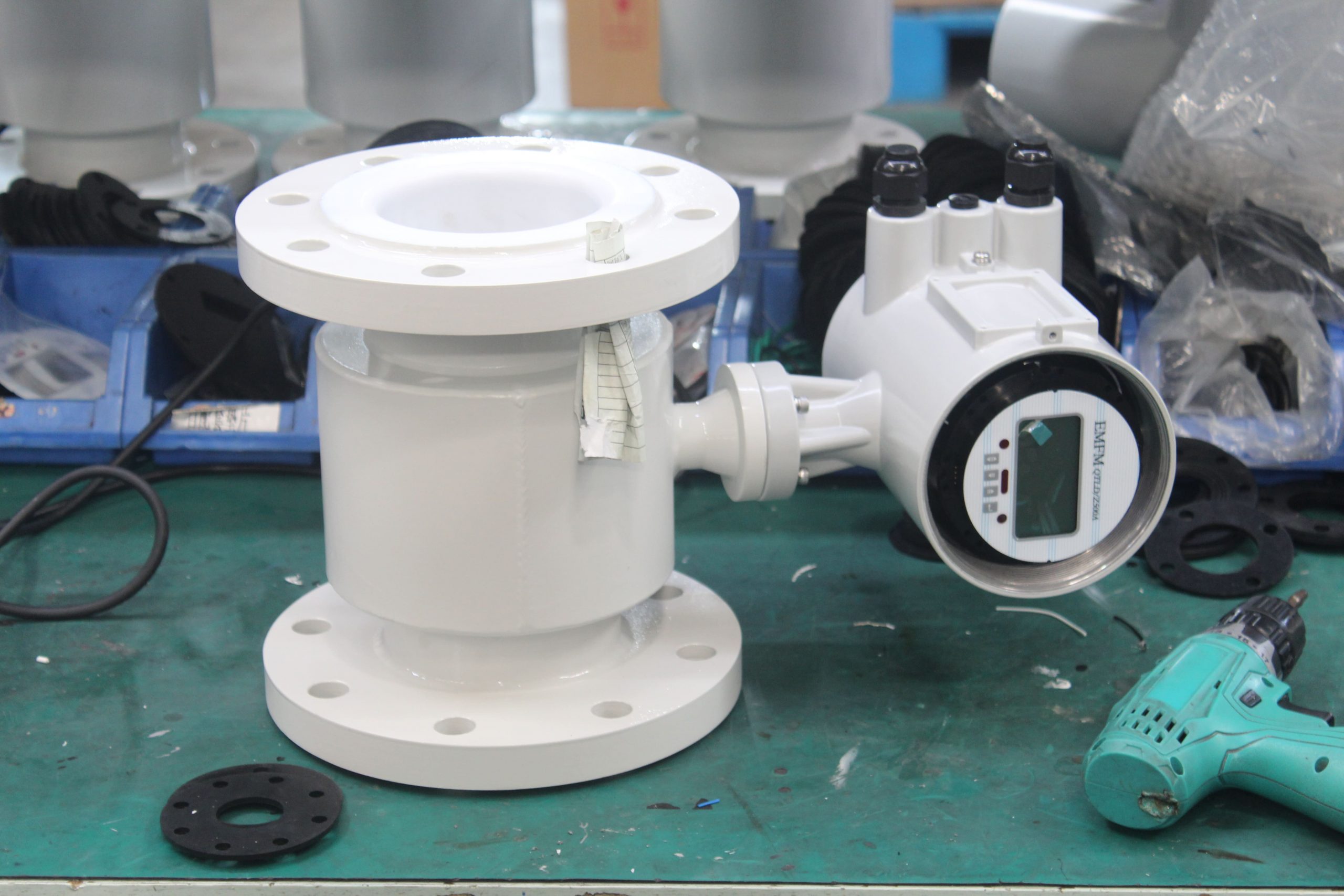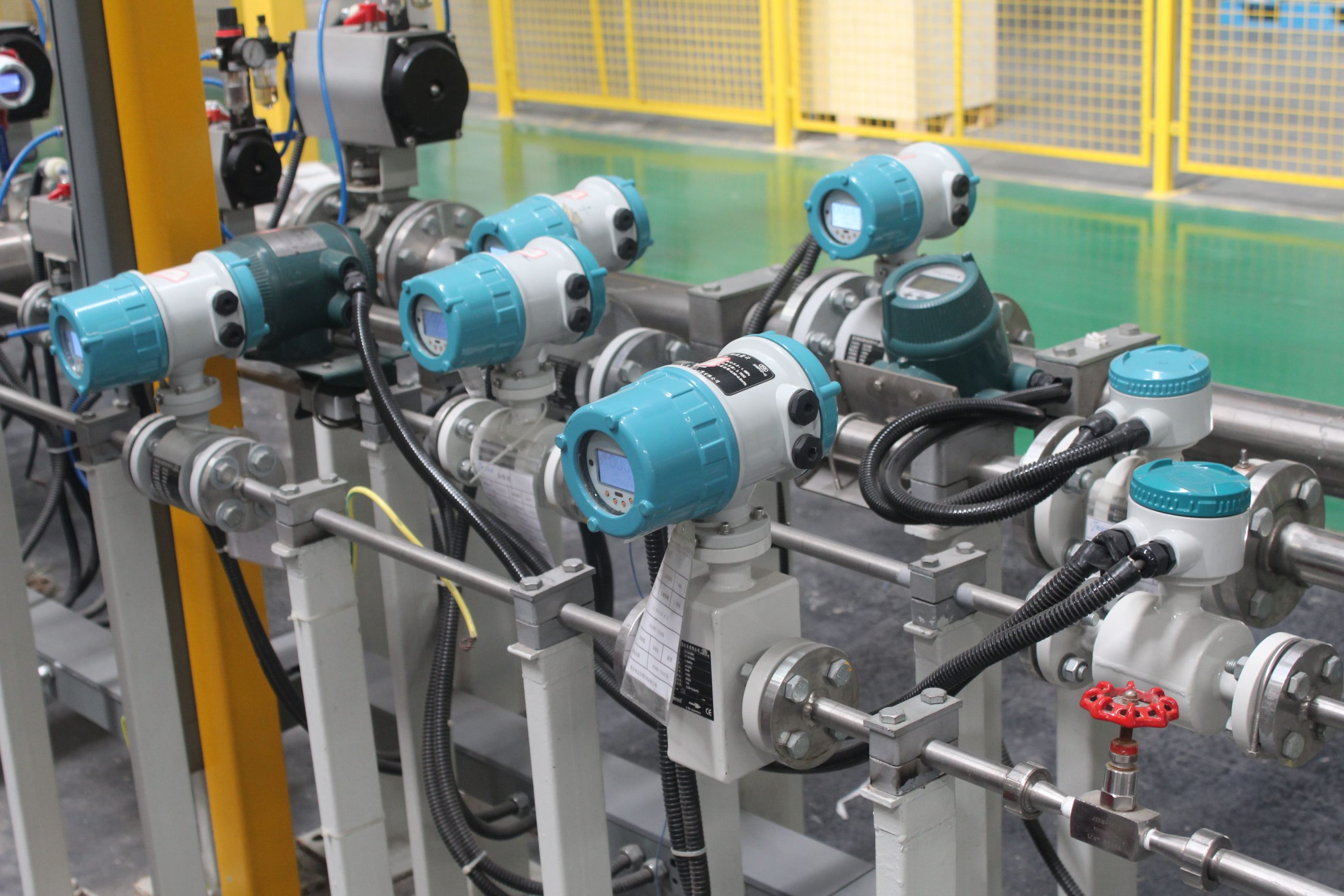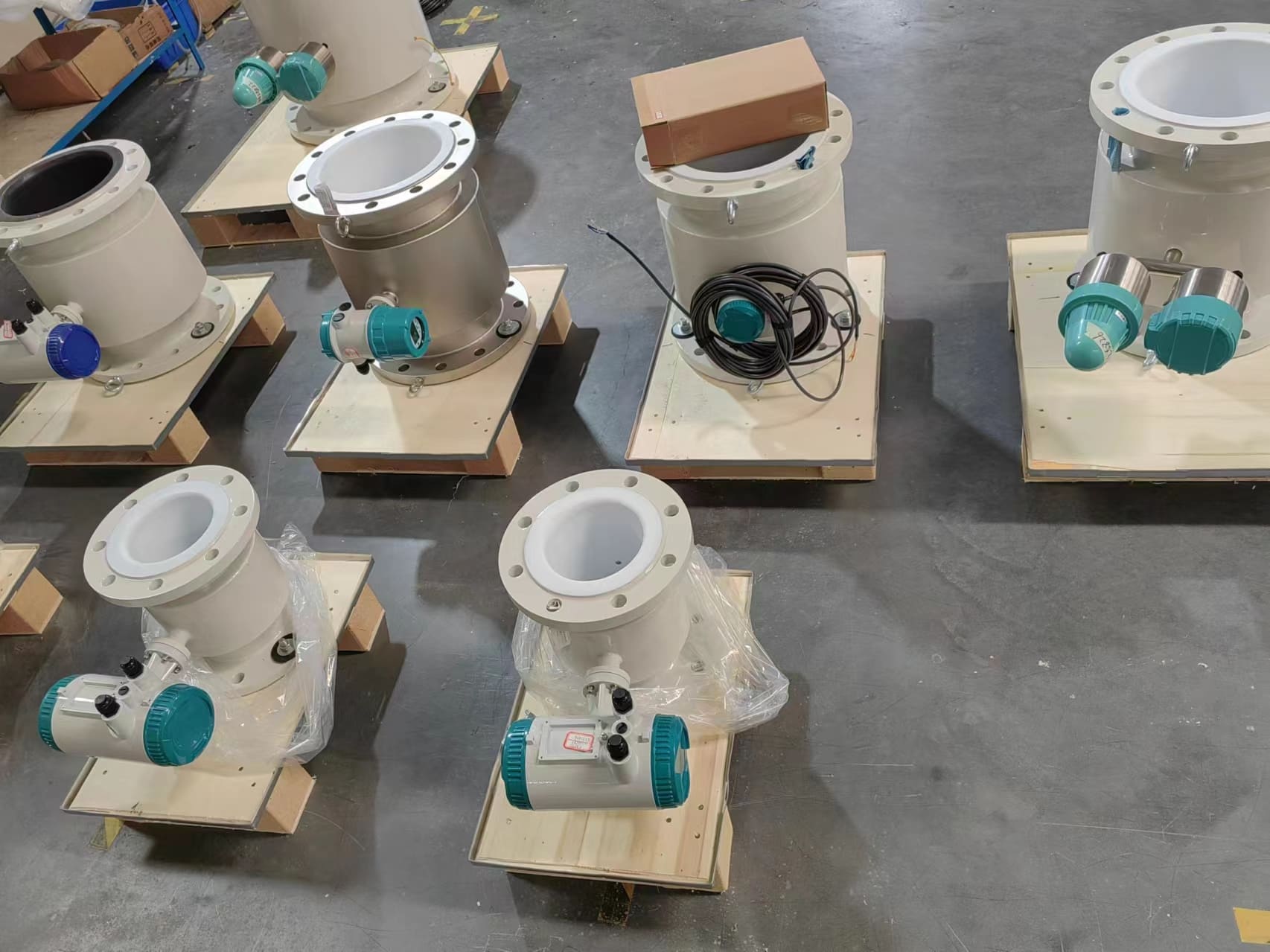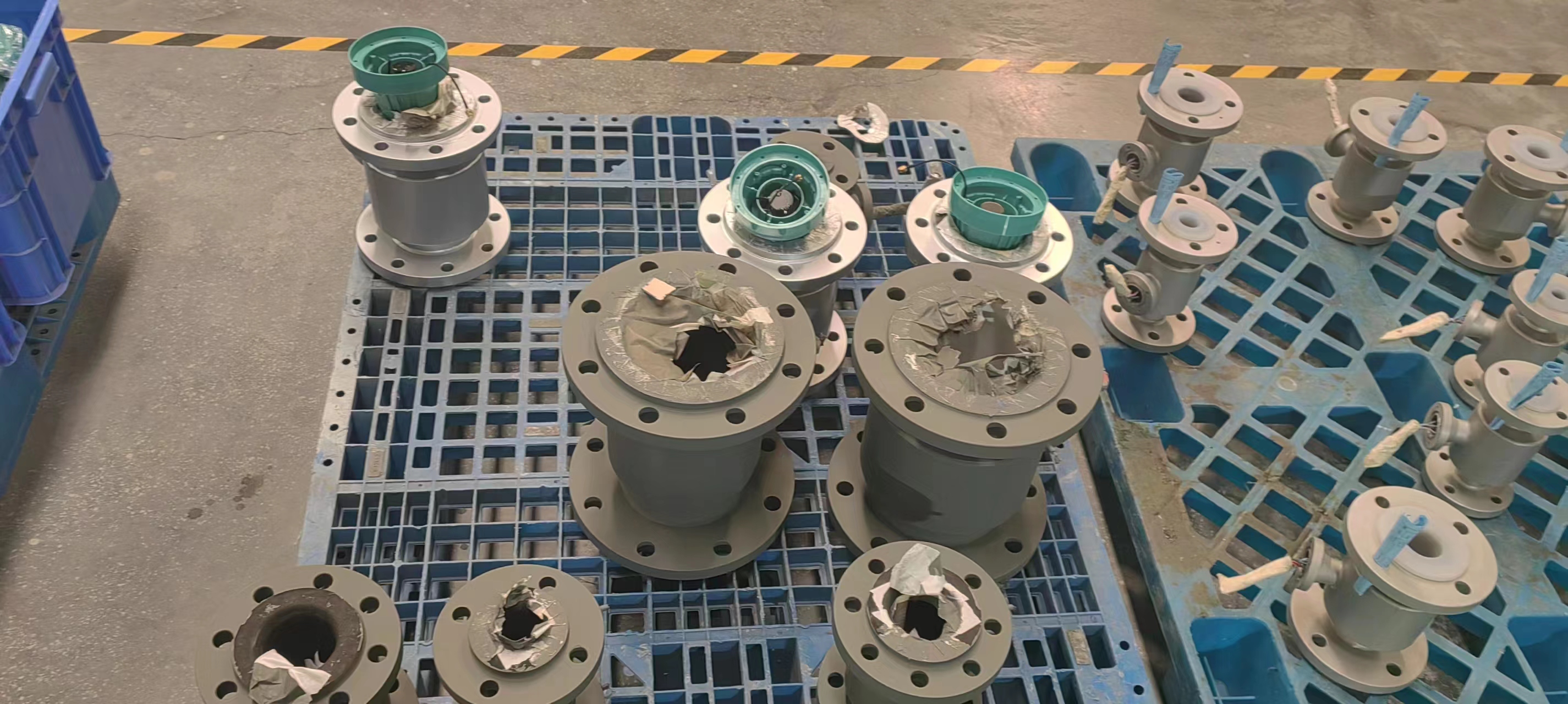Advantages and disadvantages of sewage electromagnetic flow meter and troubleshooting
The measurement of sewage by electromagnetic flowmeter generally does not require daily maintenance, but when the measured medium is easy to adhere to or scale the inner wall of the electrode and the measuring tube, it is necessary to regularly clean the inner wall of the measuring tube and the electrode, and be careful not to damage the flowmeter lining and the electrode.
Sewage electromagnetic flowmeter advantages:
(1) Because there are no moving or protruding parts inside the measuring tube, the measurement pressure loss is minimal.
(2) In general, as long as the conductivity is greater than 5´10-6S/cm of the liquid can be measured. The measured medium can be a fluid, mud, etc. containing solid particles or suspended matter, or it can be a corrosive liquid such as acid and alkali.
(3) The output signal of the flowmeter is not affected by liquid temperature, pressure, density, etc., and the output current is linear with the volume flow rate.
(4) the range is relatively high, up to 100:1; The measuring diameter range is large, can measure more than 1mm~2m; The measurement accuracy is generally better than 0.5%.
(5) The electromagnetic flowmeter responds quickly and can measure pulsating signals.
Sewage electromagnetic flowmeter disadvantages:
(1) The liquid to be measured must conduct electricity.
(2) Can not measure gas, steam and petroleum products.
(3) Due to the reason of lining production, the general use temperature is 0~200°C.
When the measuring sewage electromagnetic flowmeter fails, please refer to the following table one by one to find, analyze the cause, troubleshoot:
1, measuring whether the medium in the tube is full, the lining of the flow meter and the electrode of the flow meter are scaled;
2. Whether all the cable connections of the flow meter are reliable;
3, flowmeter grounding requirements are met;
4, flowmeter excitation coil is short circuit or open circuit, its insulation to the ground;
5. Whether the medium in the pipe system of the flowmeter installation leaks, whether the upstream and downstream valves are affected, and whether the installation position of the flowmeter is suitable;
6. Whether the surrounding environment interferes with the flow meter;
7, sewage with electromagnetic flowmeter converter failure.

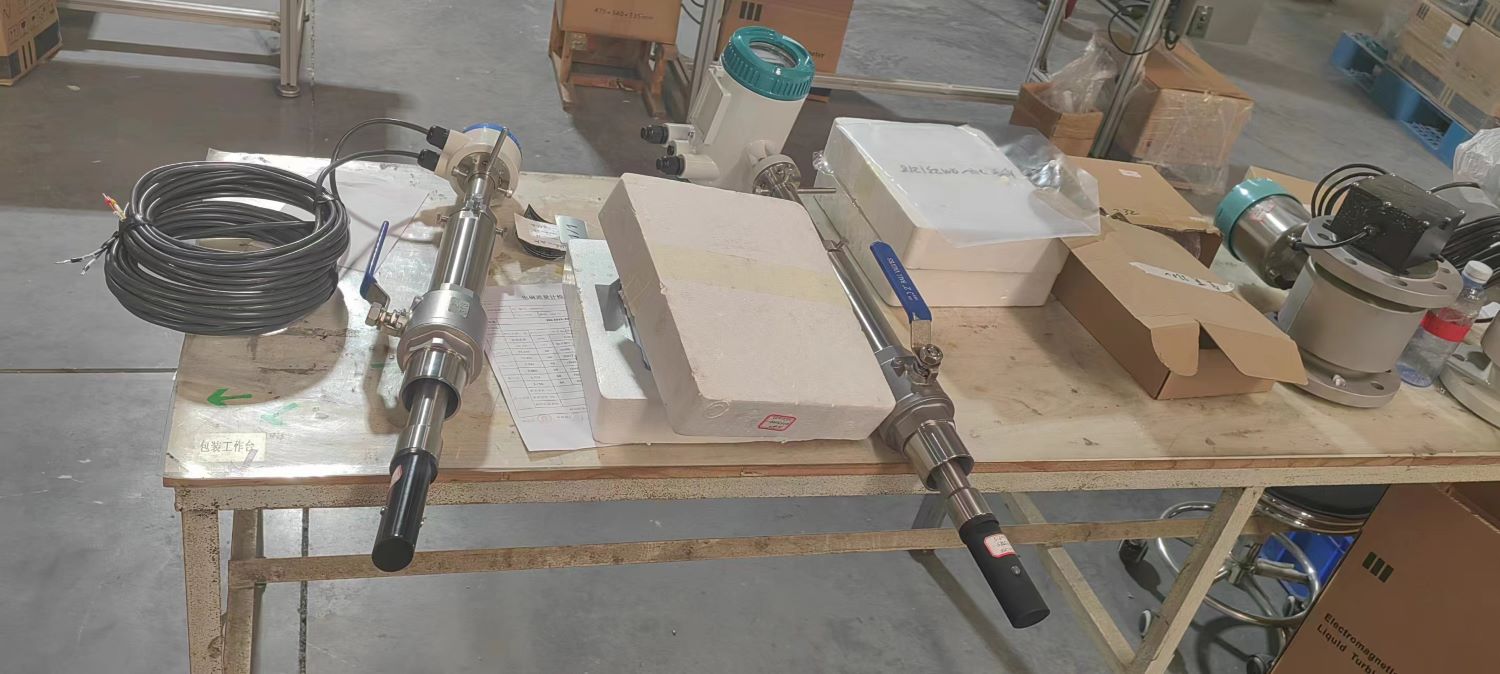
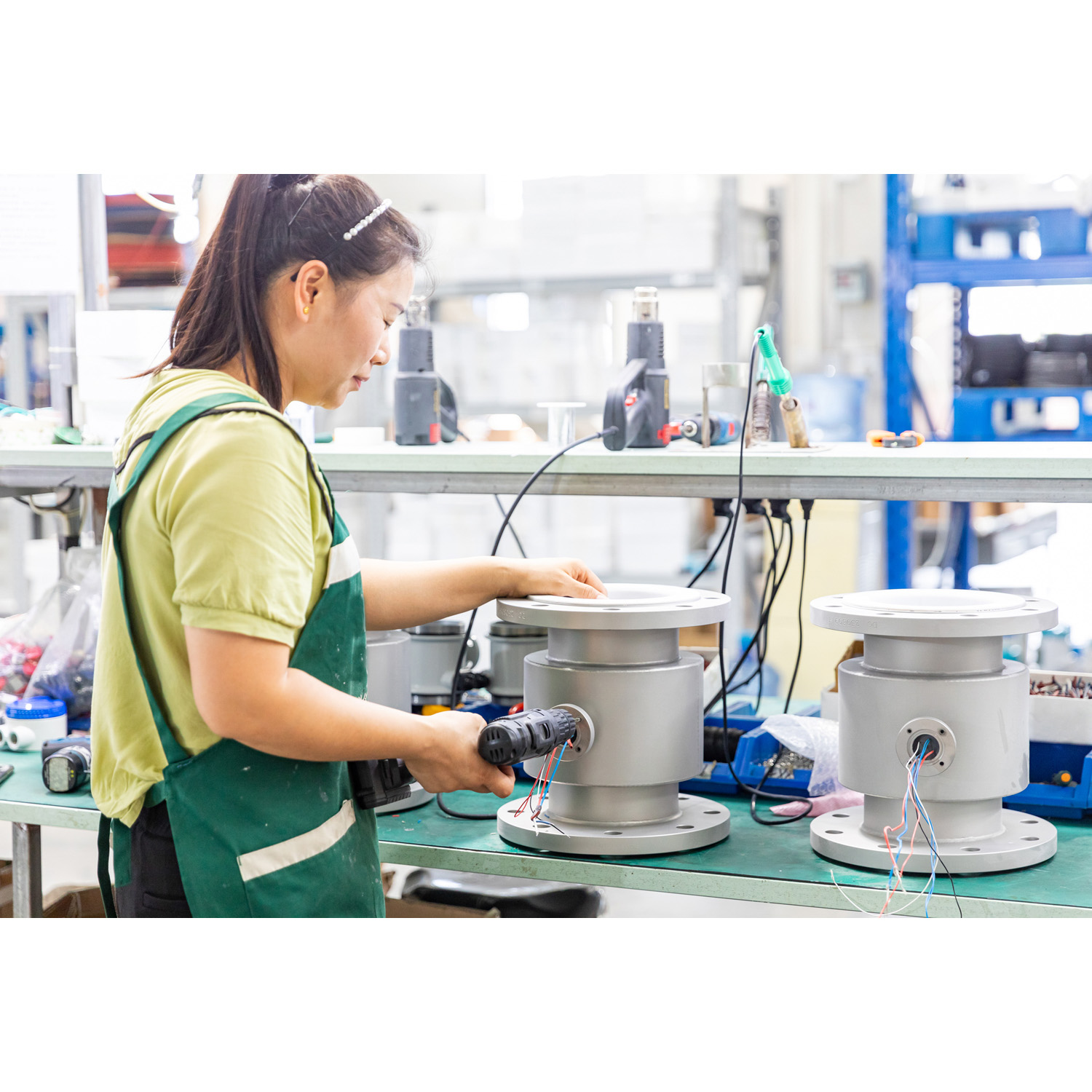
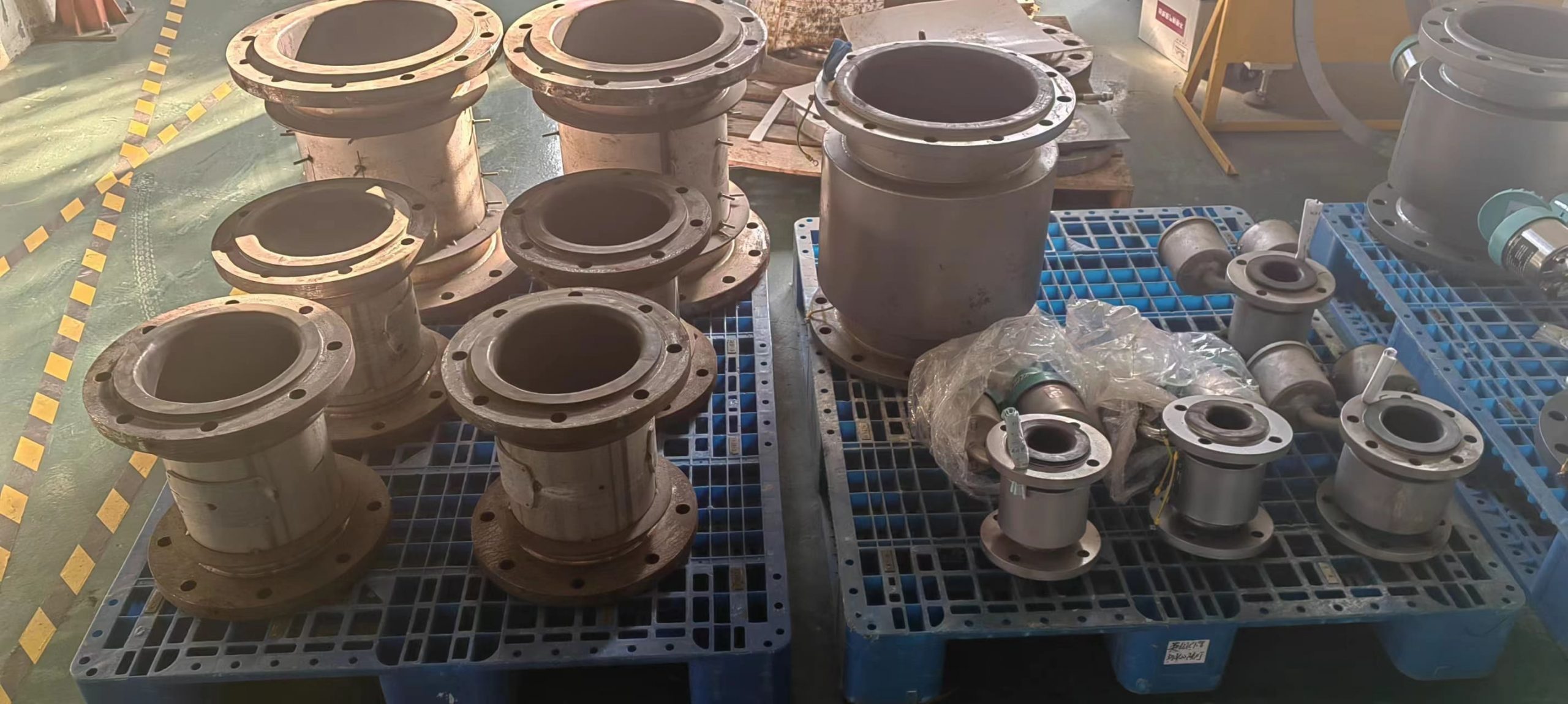

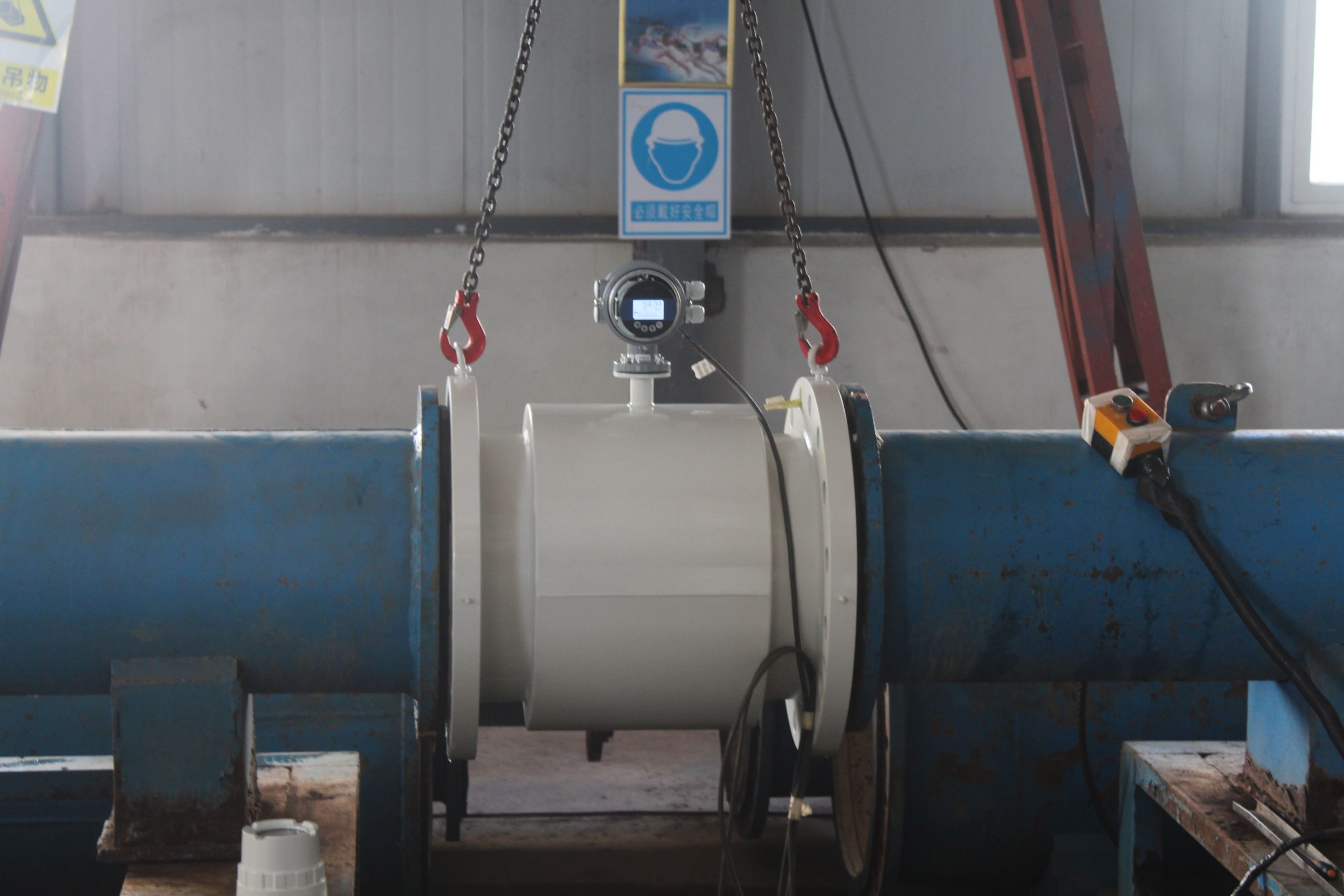
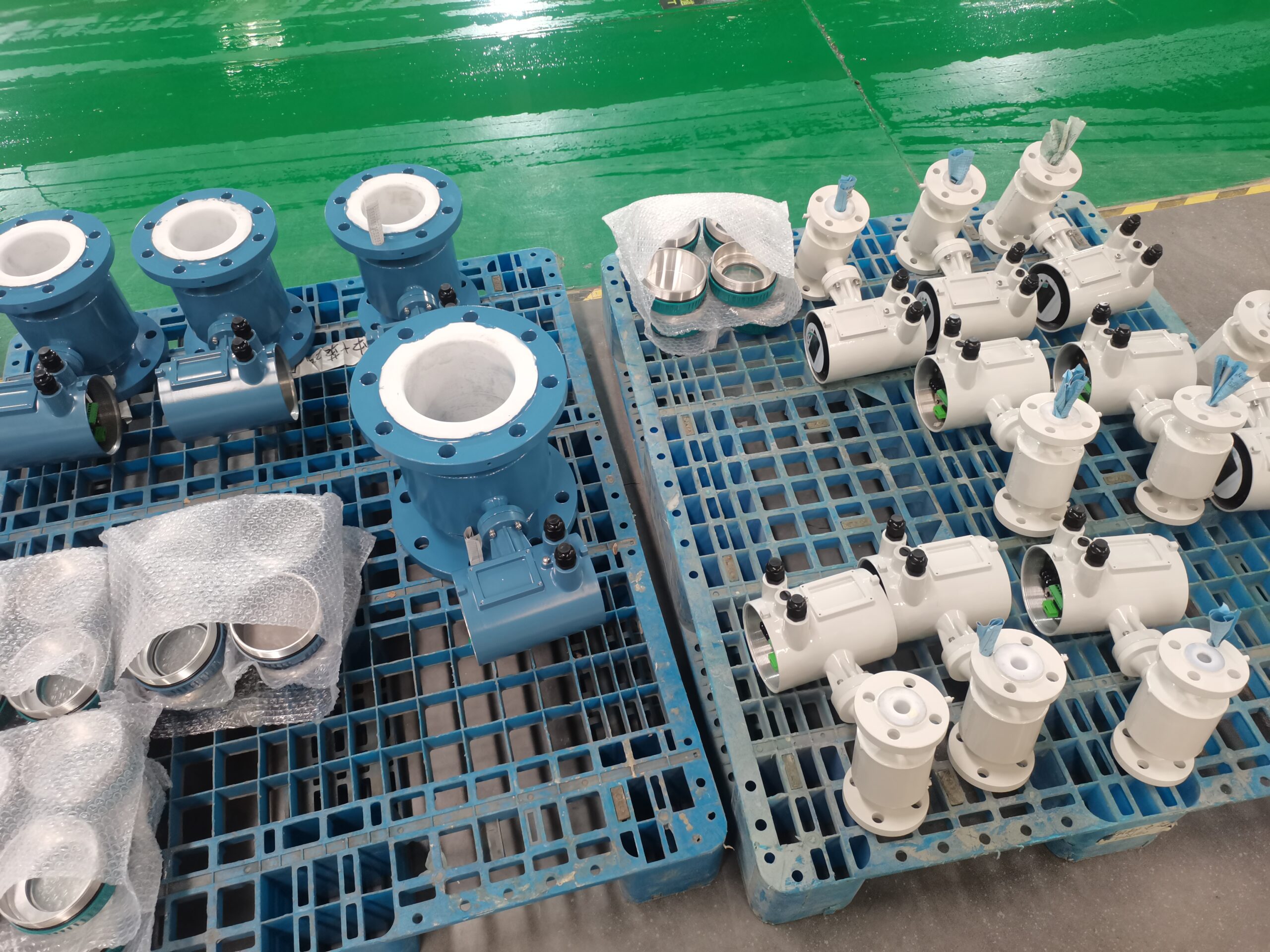
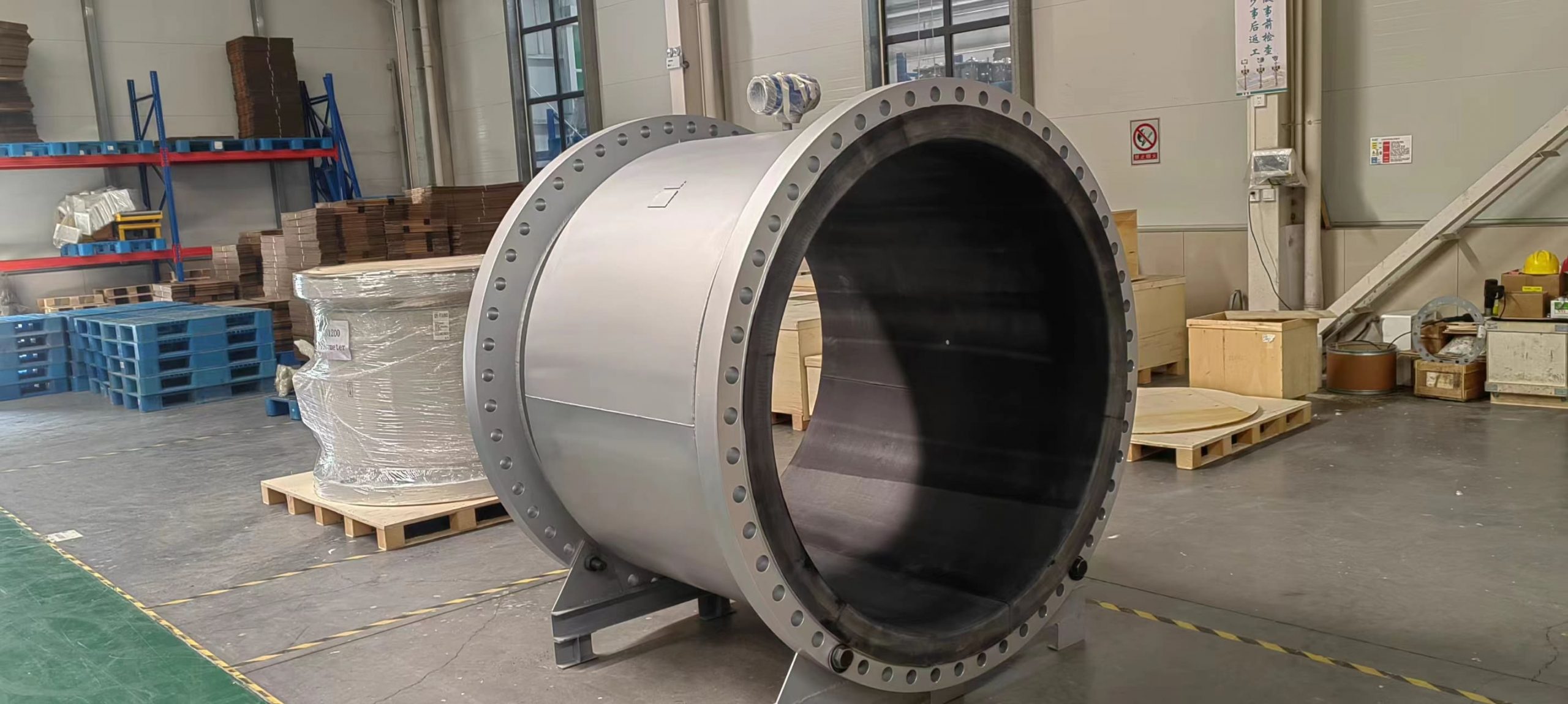
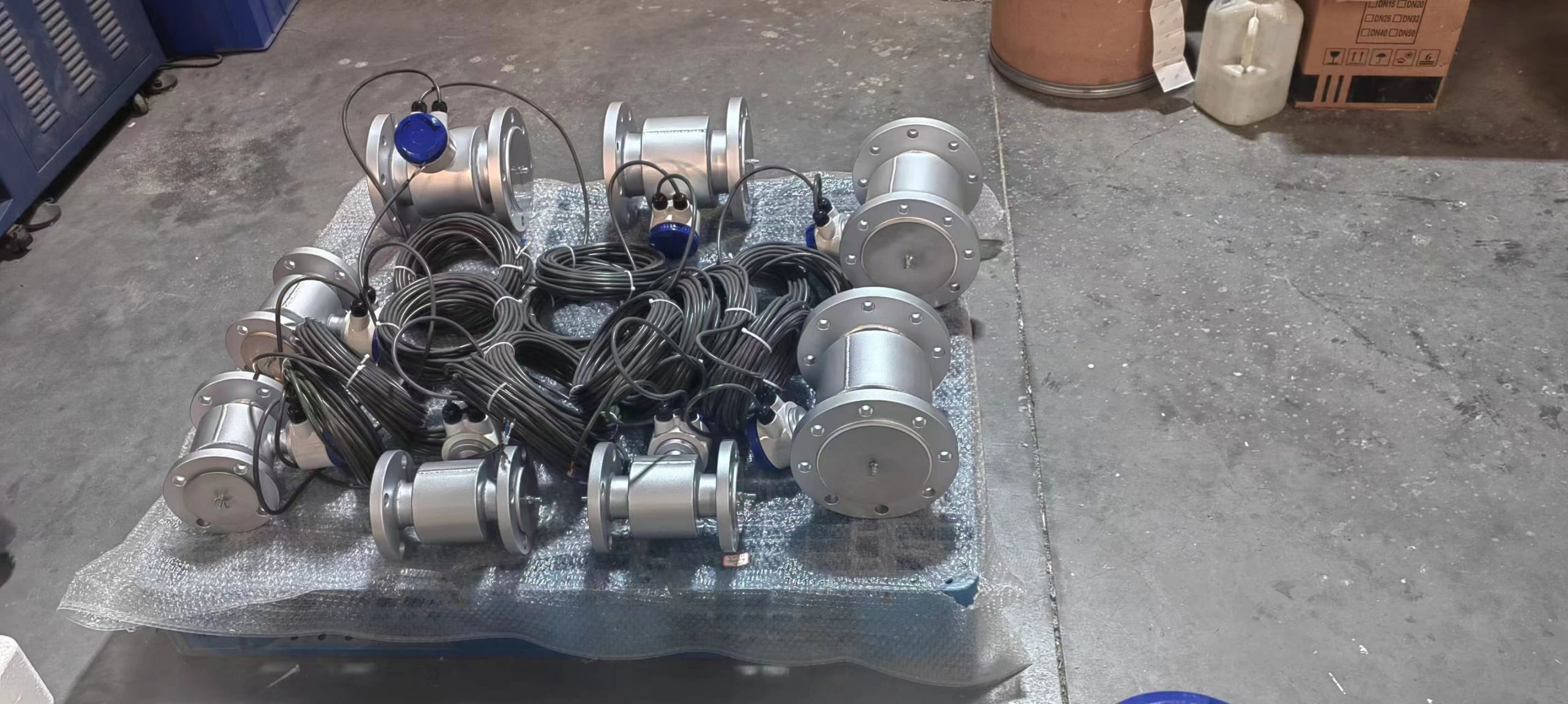
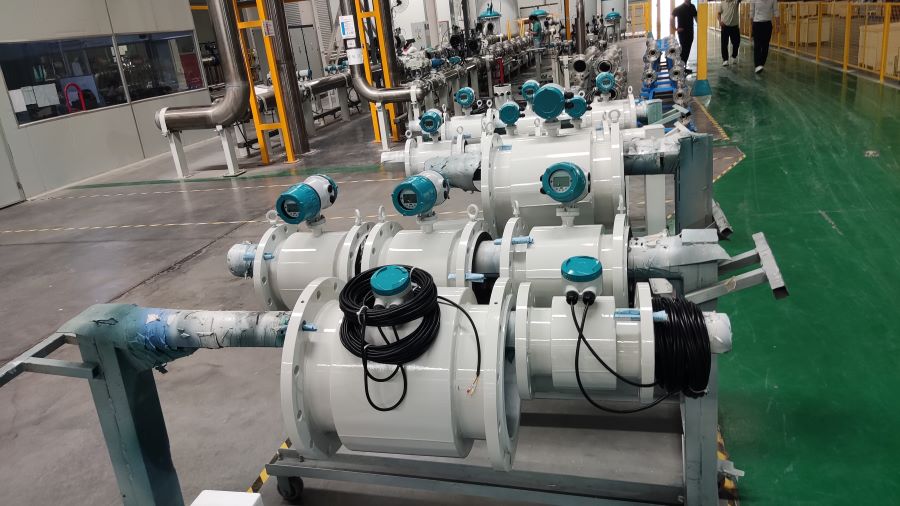
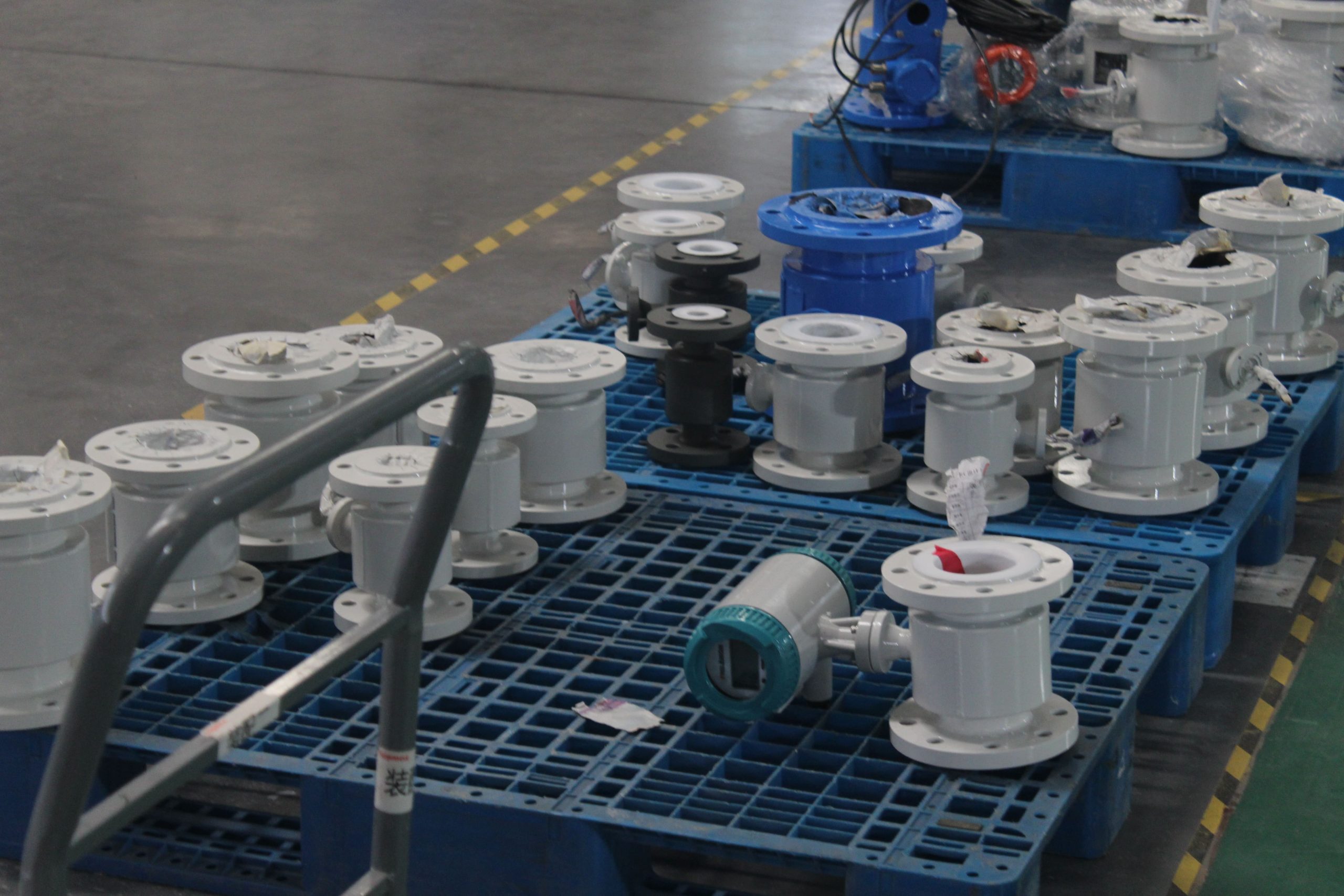
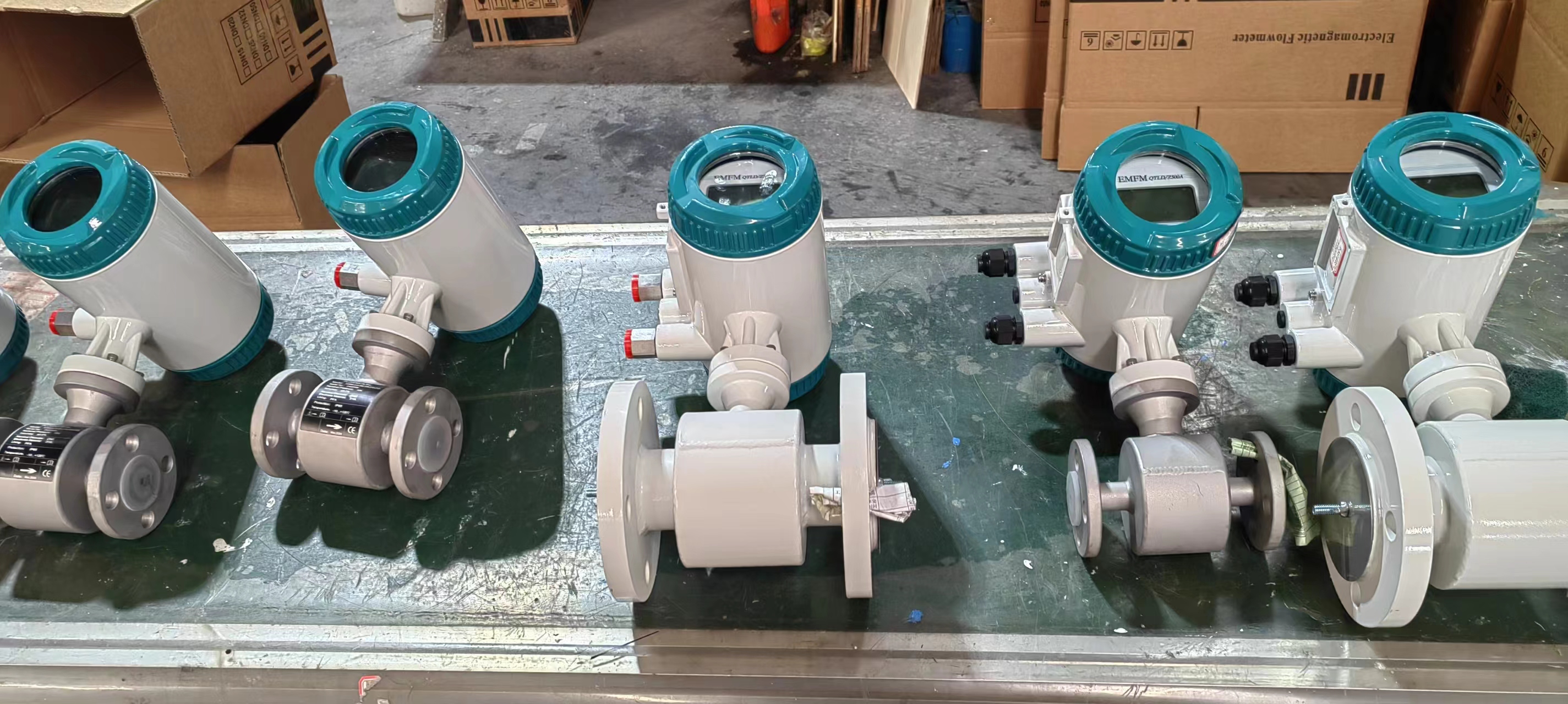
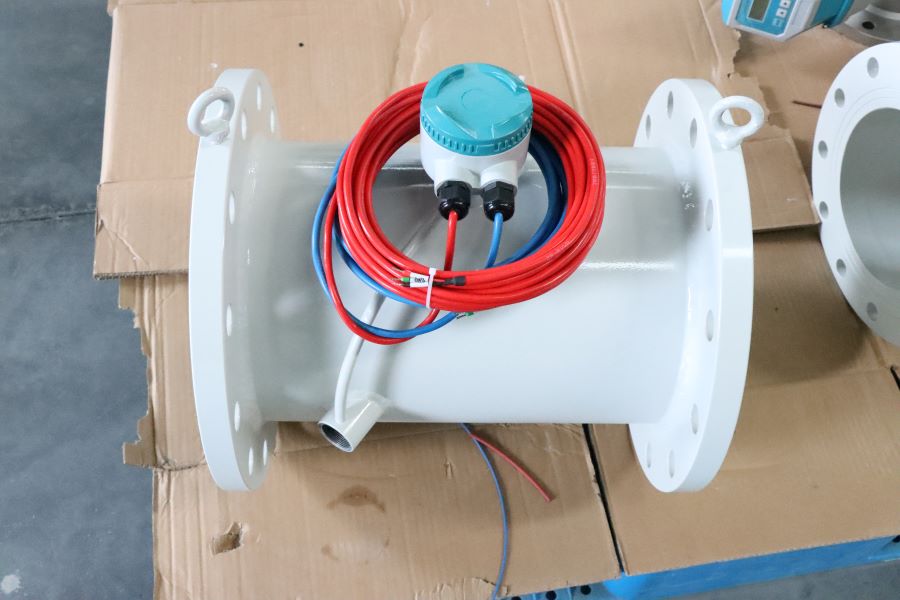
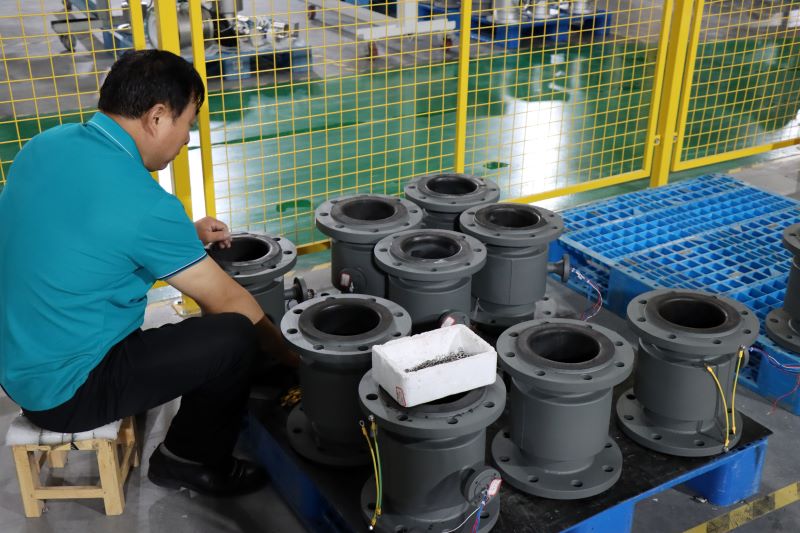
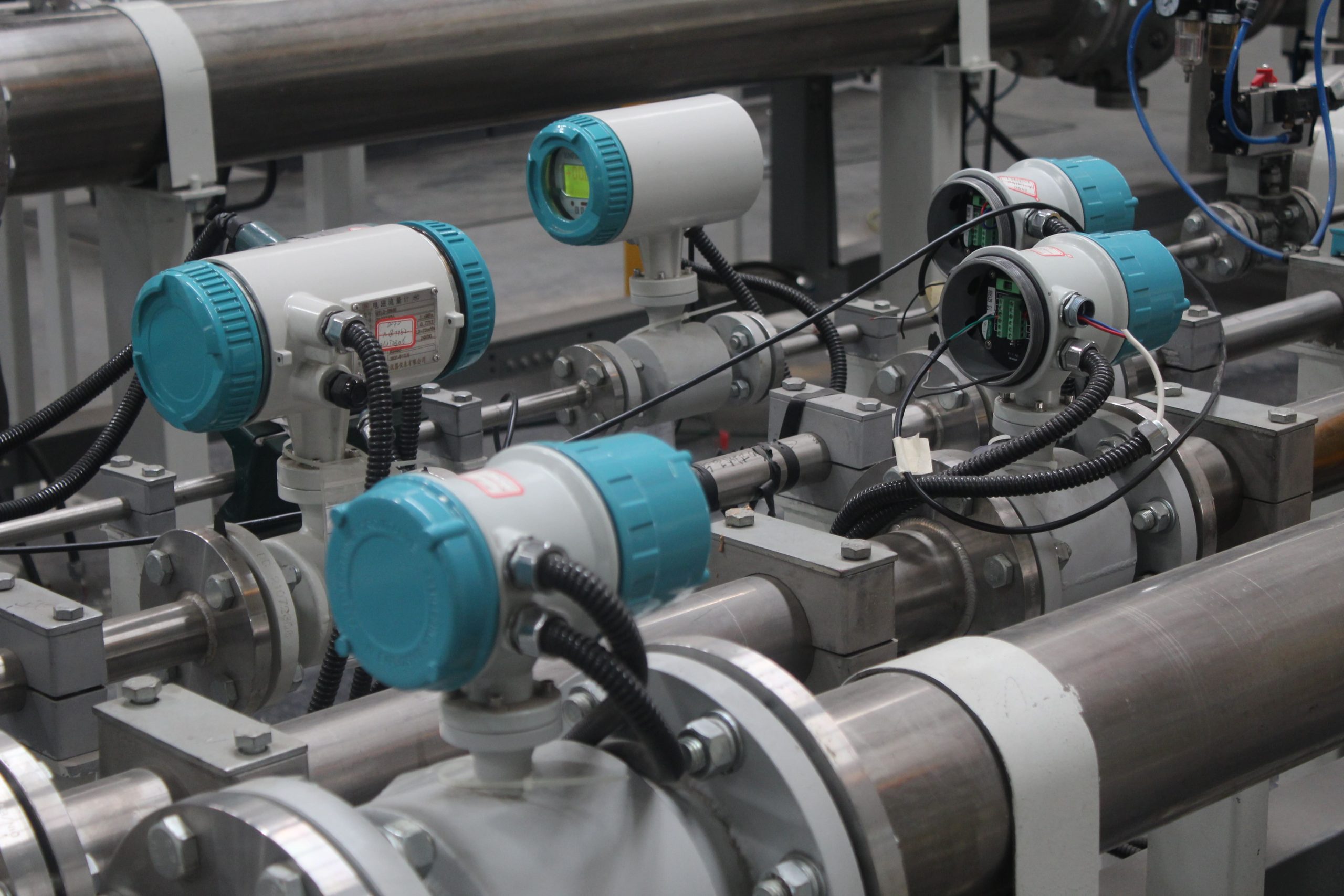
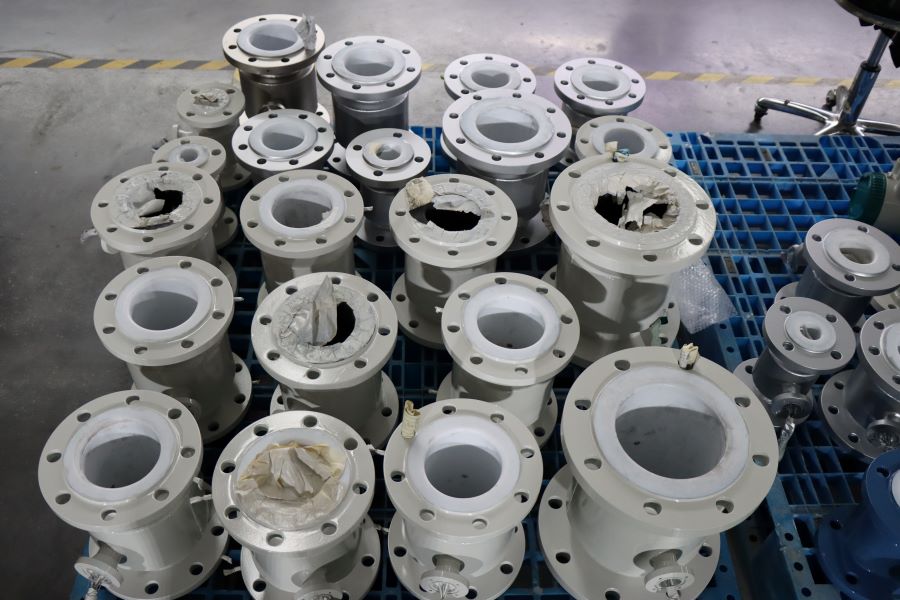
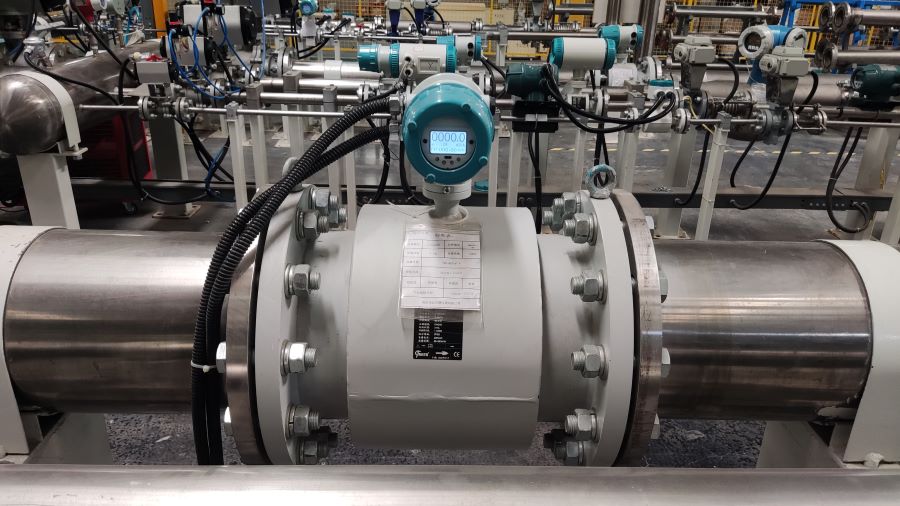
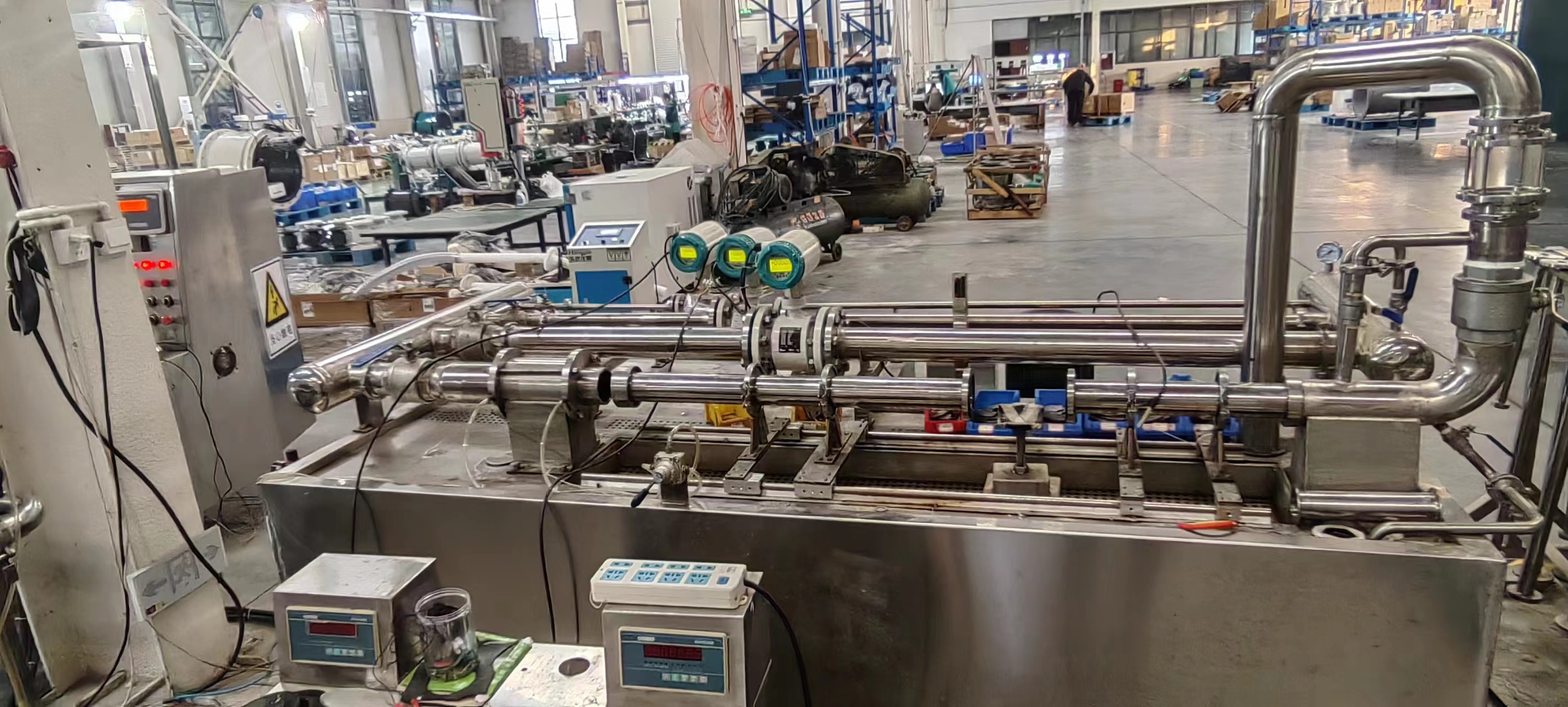
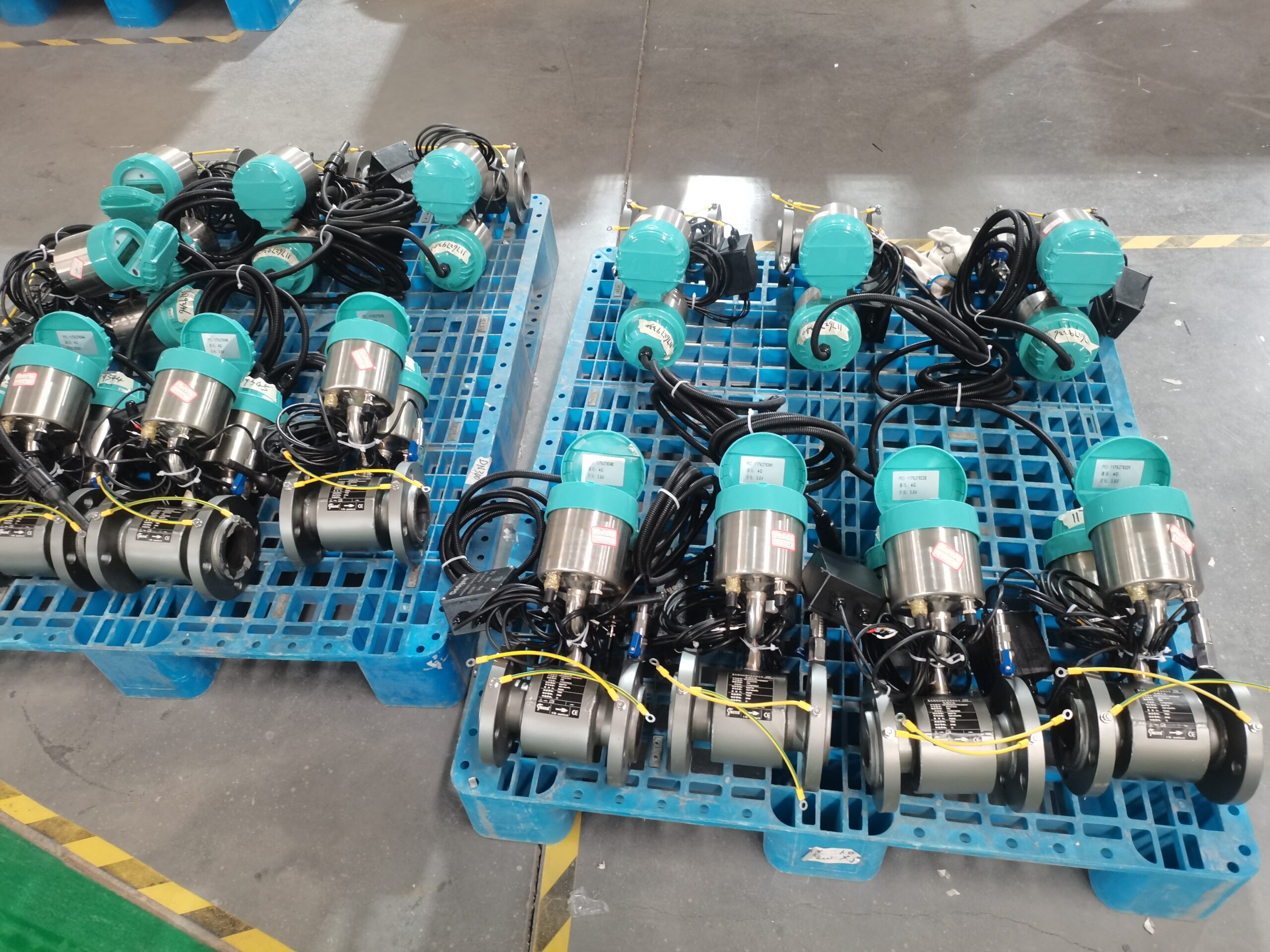
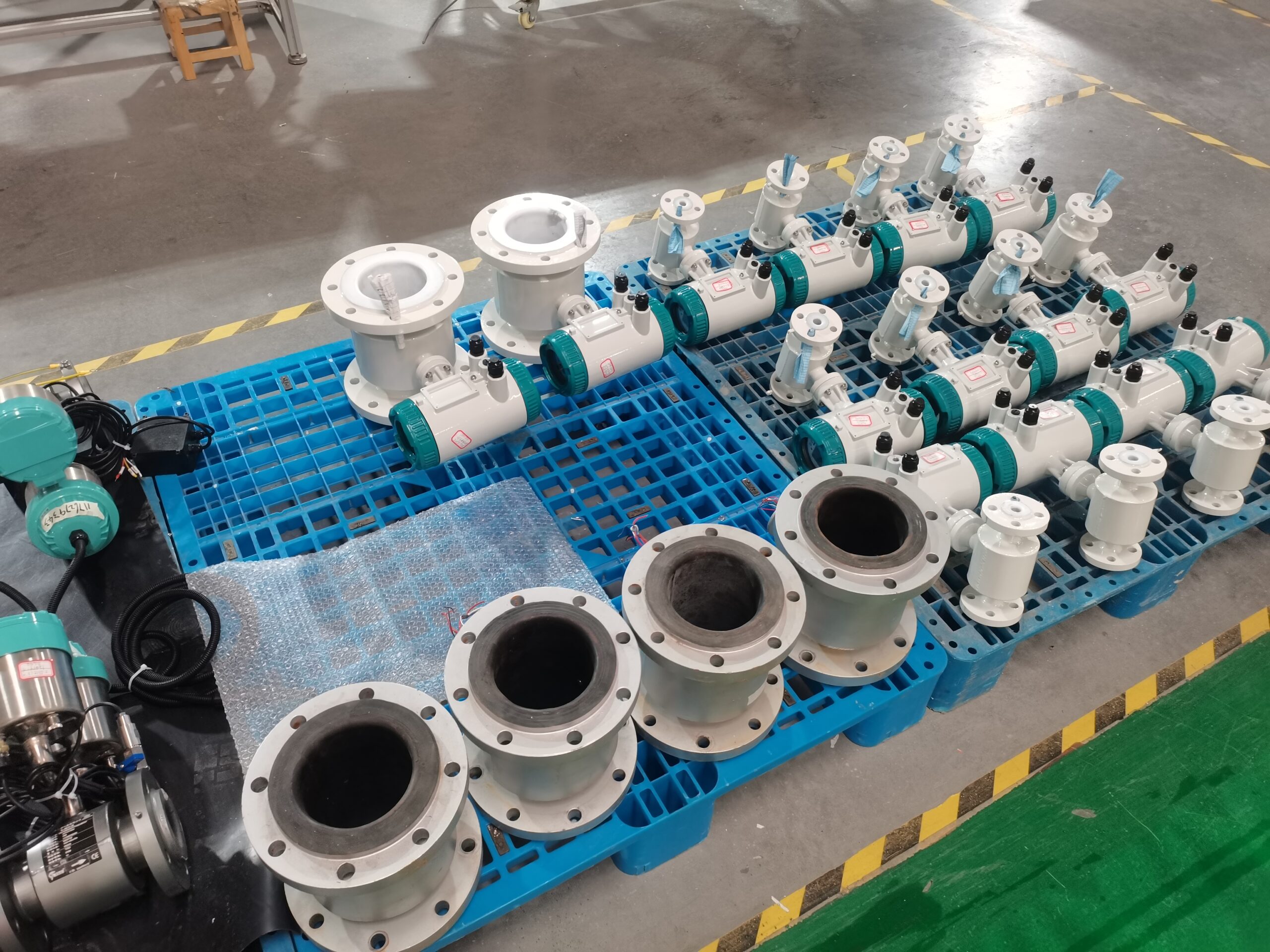
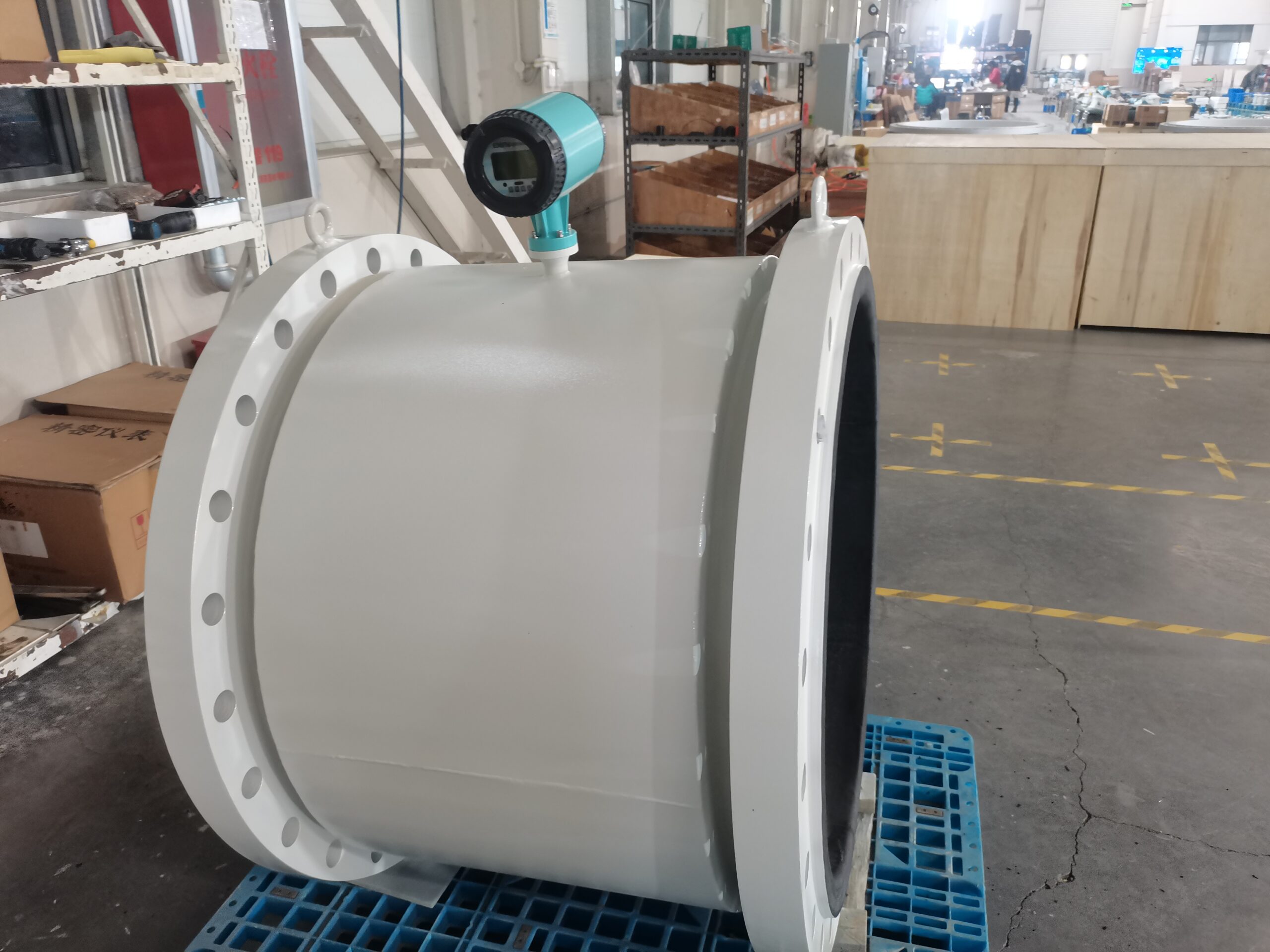
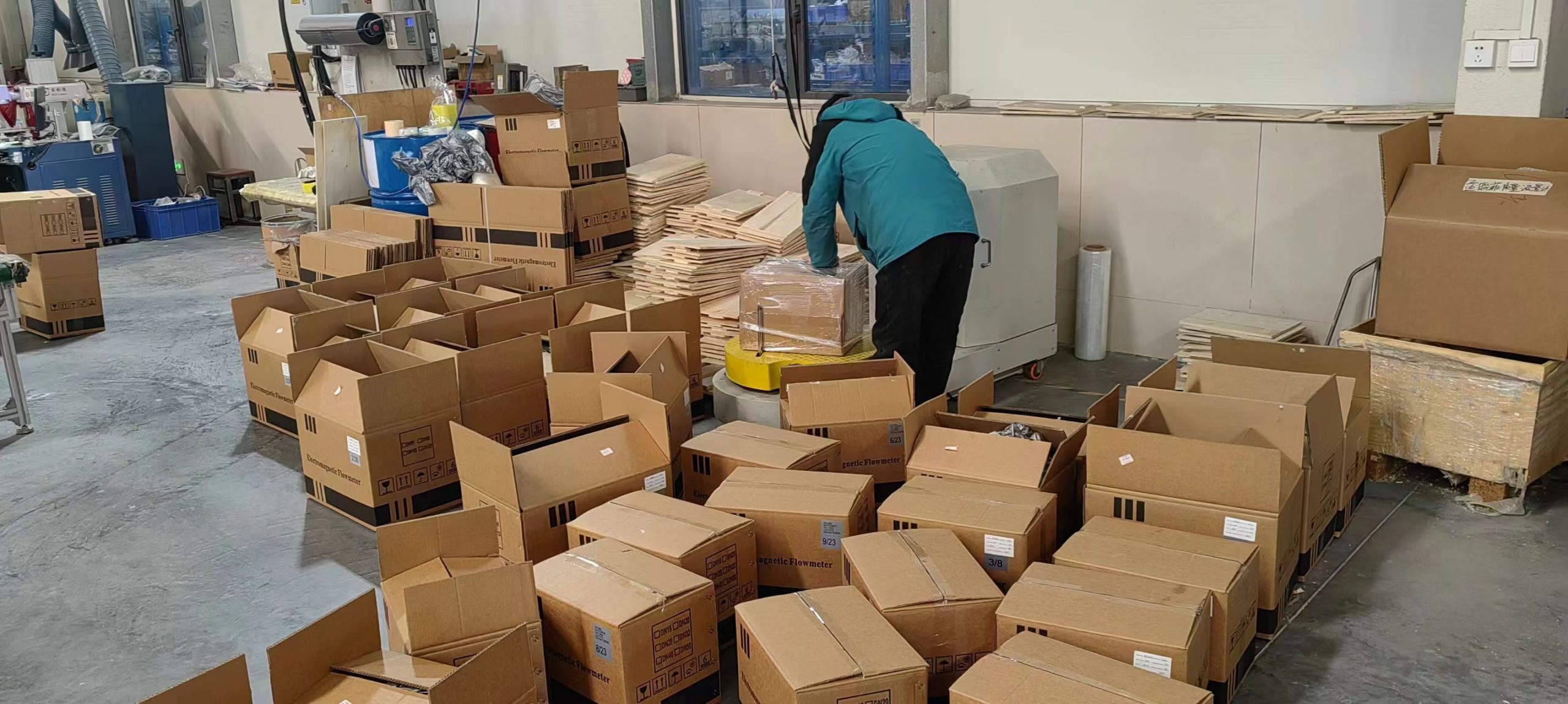
-.jpg)
